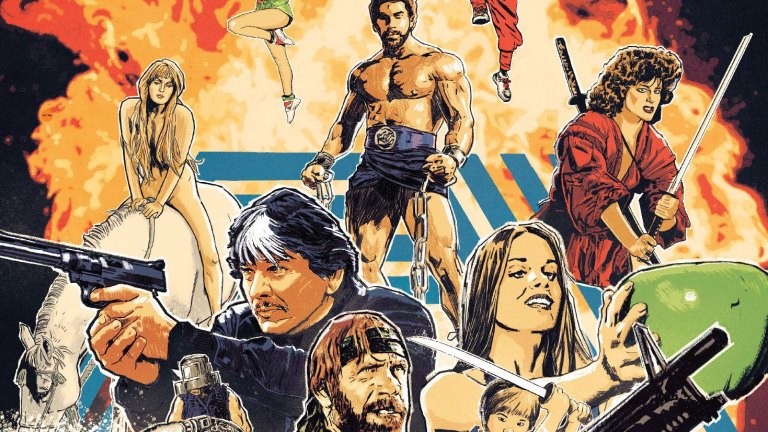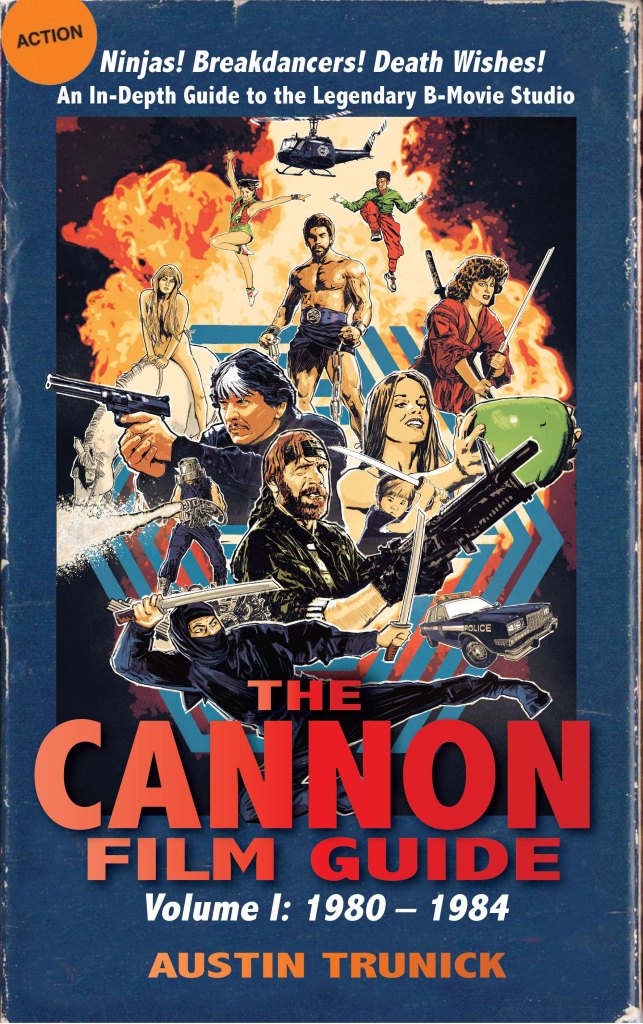The History of Cannon Films to be Told in New Book Trilogy
Legendary B-movie studio Cannon Films is the subject of three -- count ‘em -- three new books.

If you watched an action, sci-fi, or horror movie in the 1980s, there was a good chance it was produced by Cannon Films. The studio — perhaps the last great home of B-movie and exploitation classics — was founded in 1967 but hit its apex between 1979 and 1987, releasing scores of films that (mostly) no one would call high cinema but which delivered thrills, chills and plenty of blood, action, and fire on a budget.
Tapping into the massive market for both high and low concept fare — the 1980s equivalent of drive-in double bill fillers — Cannon, under the leadership of Israeli cousins Menahem Golan and Yoram Globus, were perhaps best known for churning out chintzy crowdpleasers like the Chuck Norris-starring Missing in Action and The Delta Force along with a slew of Death Wish sequels.
But the company also produced titillating titles like Lady Chatterley’s Lover, slasher fare such as Schizoid and New Year’s Evil, sci-fi insanity like the legendary Lifeforce and even a Superman sequel (the infamous Superman IV: The Quest for Peace, which killed both the franchise and the studio). Cannon also reached higher once in a while, producing the cult classic Runaway Train and the Dutch thriller The Assault, which won the 1986 Oscar for Best Foreign Language Film.
Now BearManor media is publishing The Cannon Film Guide by Austin Trunick, a three-volume chronicle of the studio’s history and the first-ever comprehensive guide to its vast catalog of more than 200 movies.
Volume I: 1980-1984 is available now and covers in its more than 500 pages the first five years of the company under the reign of Golan and Globus. Films covered in the first book include Death Wish 2, 3, and 4; Missing in Action 1, 2, and 3; Enter the Ninja, Revenge of the Ninja and Ninja III: The Domination; Exterminator 2; Hercules; Breakin’ and Breakin’ 2: Electric Boogaloo; The Happy Hooker Goes Hollywood, New Year’s Evil, Schizoid, Lady Chatterley’s Lover, The Wicked Lady and many more.
Trunick’s book provides in-depth studies of the Cannon filmography as well as interviews with the many people involved in the making of the movies, including Luigi Cozzi, William Sachs, Catherine Mary Stewart, Diane Franklin, Lisa London, Michael “Boogaloo Shrimp” Chambers and many more. The text is enhanced by nearly 200 VHS covers, rare posters, lobby cards, and pieces of international sales artwork.
Volume II, which will cover the period between 1985 and 1987, is scheduled to arrive next year. For students of film history — of which the Cannon saga has been a largely unexplored chapter — fans of exploitation filmmaking and B-movies, and aficionados of cult cinema, The Cannon Film Guide is likely to be an essential addition to your bookshelf.
It may even inspire you to dig out some of those battered, dusty VHS tapes and revel once again in Cannon’s no-holds-barred brand of bargain basement cinema.

